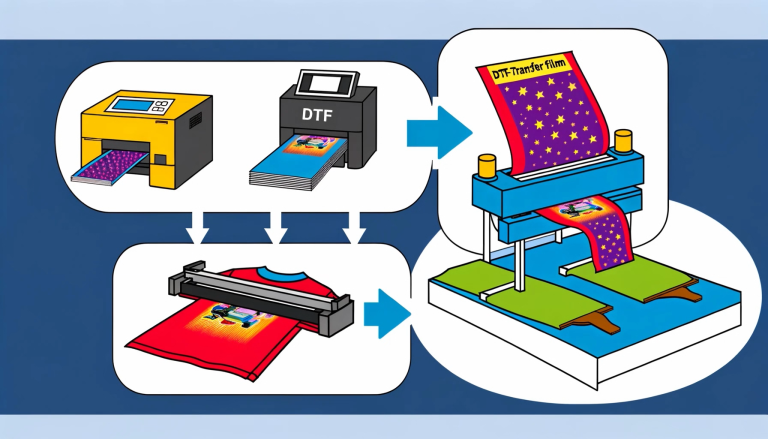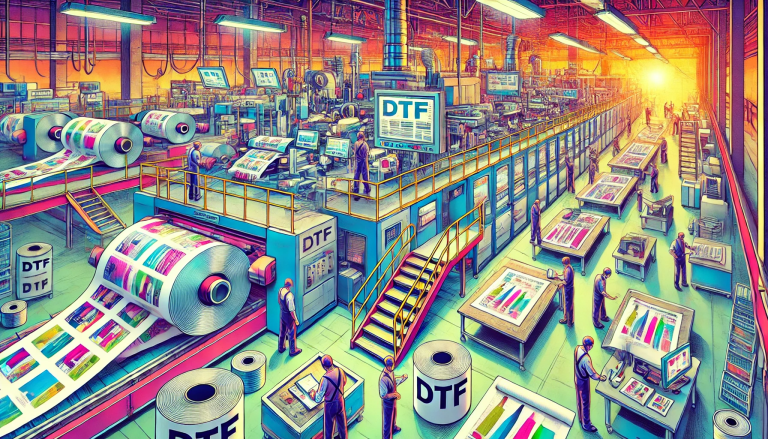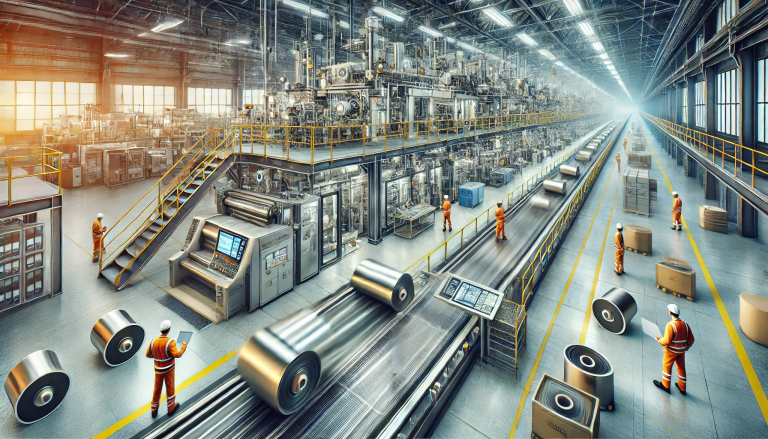“UV DTF Powder: Is It a Must in Your Printing Arsenal?” -MAXDTF- UV DTF Printing Film Supplier, UV DTF AB Paper Factory, Made in China
Direct to Film (DTF) printing has become increasingly popular in recent years due to its ability to produce high-quality, vibrant prints on a wide variety of substrates. While traditional DTF printing involves applying a layer of adhesive powder and then baking it, a new method has emerged – UV DTF. UV DTF employs UV curing technology in the process, introducing the use of UV DTF powder. But do you really have to use UV DTF powder in your printing process? Let’s explore.
What is UV DTF Powder?
UV DTF powder is a specialized adhesive powder that’s activated under UV light during the DTF printing process. This powder plays a pivotal role in ensuring the printed ink adheres properly to the substrate. The main difference between traditional DTF powder and UV DTF powder lies in the curing method. Traditional DTF uses heat, while UV DTF relies on UV light exposure.
Do You Have to Use UV DTF Powder?
To answer the question, it depends on the specific printing process you’re using.
- If you’re using UV DTF printing: Yes, you will have to use UV DTF powder. This is because UV DTF powder is designed to work with UV light, not heat, to cure and solidify the print. Using traditional heat-activated powder in a UV DTF process would likely lead to unsuccessful results as the adhesive would not properly adhere to the substrate.
- If you’re using traditional DTF printing: No, you won’t need to use UV DTF powder. In this case, you’ll be using a heat-activated powder that is specifically made for traditional DTF processes.
Advantages of UV DTF Powder
If you’re considering transitioning to UV DTF printing, here are a few benefits of UV DTF powder:
Faster curing times: UV curing is almost instantaneous, dramatically cutting down on the production time compared to traditional heat curing.
Environmental Benefits: UV curing does not produce harmful byproducts that could be released into the atmosphere, making it a more environmentally-friendly option.
Lower Energy Consumption: UV curing consumes less energy than heat curing, which could translate to cost savings in the long run.
Better for Heat-Sensitive Materials: Since UV curing doesn’t rely on heat, it can be safely used with materials that may be sensitive to high temperatures.
While UV DTF powder offers some significant benefits, it’s important to remember that investing in UV DTF technology also requires purchasing UV curing equipment, which could be a significant upfront cost.
In conclusion, whether you need to use UV DTF powder or not depends on the type of DTF process you’re employing. Both traditional and UV DTF have their pros and cons, and the best choice will depend on your specific needs, budget, and the materials you work with. As with any decision involving business equipment and supplies, it’s crucial to do your research and possibly run some tests before deciding which method suits your operation best.





